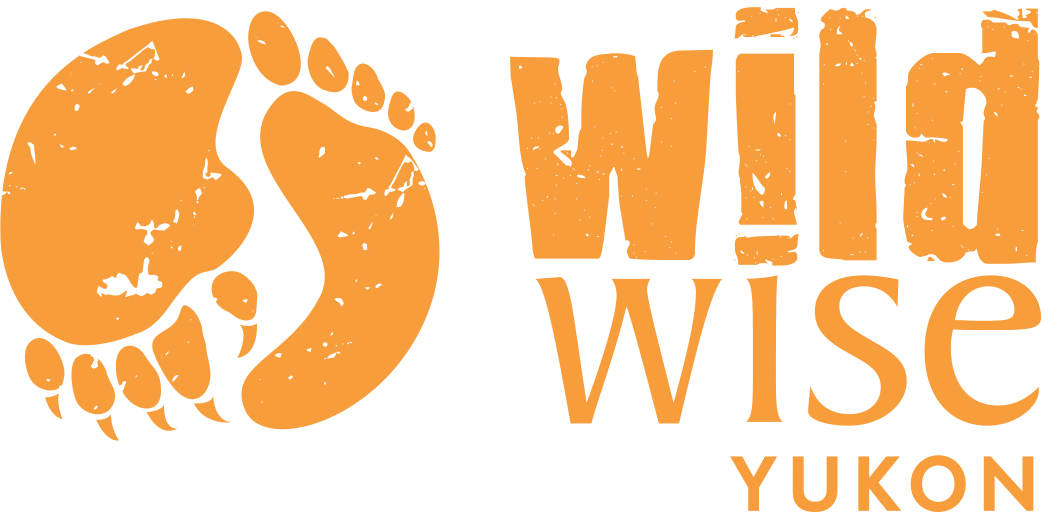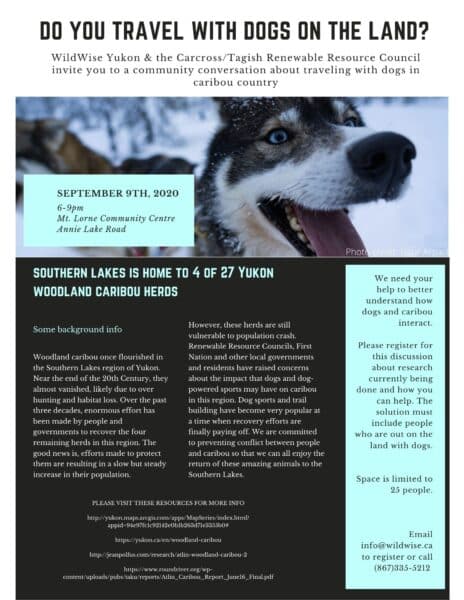Why are caribou important?
Caribou are the primary source of meat for most northern mainland residents and they contribute largely to the northern economy through wildlife tourism and recreational hunting. More importantly, the animals play a unique role in the history and culture of many First Nations and Inuit. (Canadian Geographic, 2007)
[Caribou] play a key role in the rich ecosystems of the Northern Hemisphere. Caribou are an important resource for indigenous peoples, a prey species for carnivores and omnivores, such as bears and wolves, and a critical source of nutrients for the soil in areas where they forage in large numbers. (Wildlife Conservation Society, 2021)

